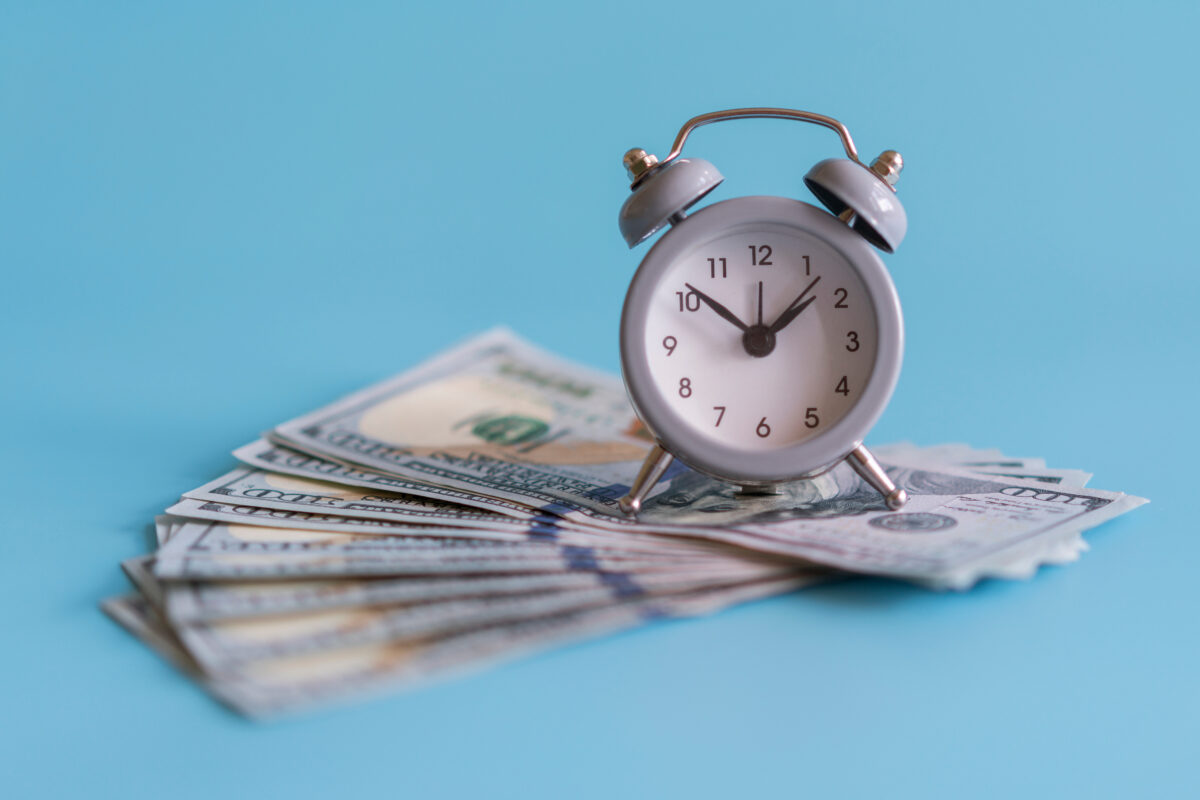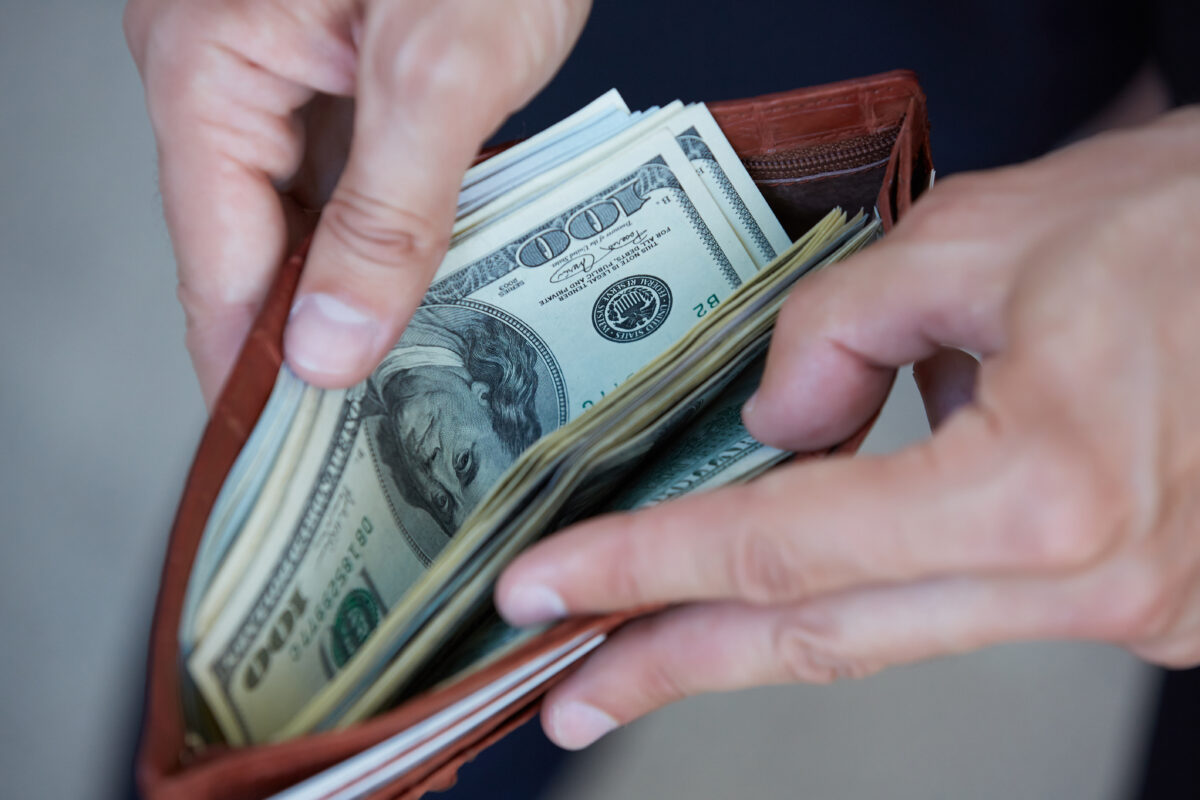


We Should Measure Prices in Time

Cruise Ship Billionaires

The Abundance of the Five Metals in the Simon-Ehrlich Bet

Things Used to Cost Less but They Were Much More Expensive

Entrepreneurs Create Abundance. Bureaucrats Create Scarcity.

Superabundance Featured by John Stossel — and Reposted by Elon Musk!

Ritz Abundance

Strawberries In The U.S. Grew 2,755 Percent More Abundant Since 1960

